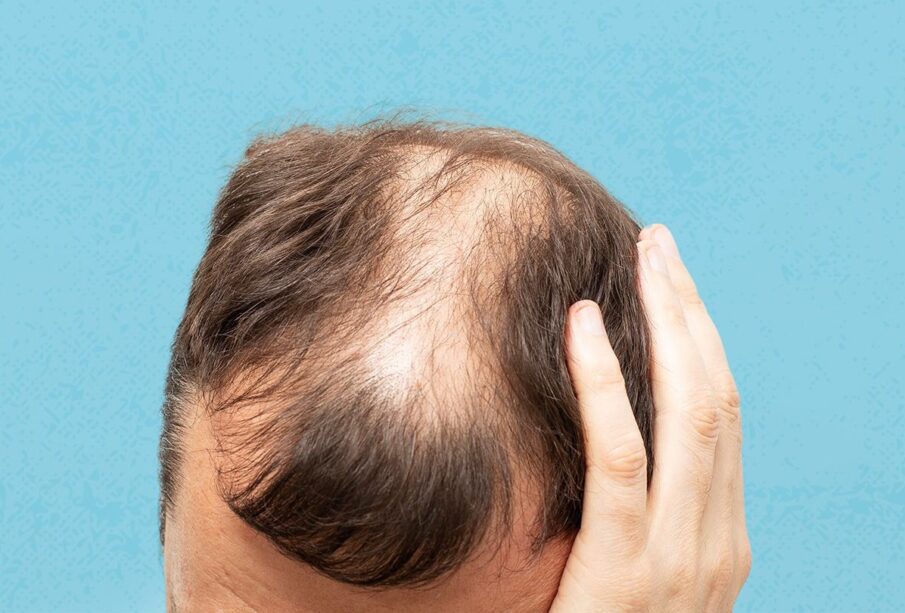Different types of baldness to know

Alopecia is a condition that results from a disruption in the body’s normal hair growth cycle and is another word for hair loss. Hair loss can occur everywhere on the body, although it most usually affects the scalp. Although various medical and behavioral disorders can disrupt the development cycle and result in hair loss. Most people experience daily hair loss of 50 to 100 hairs as part of this normal cycle. If this cycle is broken or a hair follicle is injured, hair may fall out more quickly than replaced. This can cause symptoms like male baldness pattern, patchy hair loss, or general thinning. Continue reading about the types of baldness to know:
Involutional Alopecia
One type of baldness is involutional alopecia. Age-related slowing of hair development results in loss of thickness and volume. The hair follicle gradually enters the telogen phase when suffering from unintentional alopecia. The remaining hair is increasingly thinner, smaller, and occasionally even brittle.
Anagen Effluvium
Any injury that causes the hair follicle’s cellular-level mitotic or metabolic activities to be compromised results in anagen effluvium. This hair loss is usually associated with chemotherapy. The body’s other fast-dividing cells, like hair follicles in the growth phase, are significantly impacted by chemotherapy since it targets rapidly dividing cancer cells. Approximately 90% or more of hairs in the anagen phase may fall out shortly after chemotherapy starts. The tapering fracture of the hair shafts is a defining feature of anagen effluvium. The matrix is harmed, which causes the hair shaft to become thinner. The shaft eventually breaks at the constriction and results in hair loss.
Telogen effluvium
After a stressful event like childbirth, a fever, a significant sickness, stress, or extreme weight loss that returns slowly over several months, temporary hair loss might happen weeks to months afterward. When many hairs simultaneously enter the resting phase, the hair growth cycle shifts, causing this.
Male pattern hair loss
Males can begin losing their hair at any moment after puberty, and this process can last for years or even decades. The hairline typically leaves a ring of hair at the bottom of the scalp after beginning above the temples and continuing around the top and perimeter of the head. Men frequently develop baldness as a result of male pattern hair loss.
Female pattern hair loss
Women’s hair normally does not thin out at the hairline, but gradually over the scalp. Although hair loss after adolescence can begin at any time, many women experience this sort as a natural part of aging. Only in very few cases can female pattern hair loss result in baldness, which can cause hair to thin dramatically.
Tinea Capitis
A significant cause of hair loss in youngsters is tinea capitis, often known as scalp ringworm, a fungal scalp infection. This condition causes bald areas, which could get bigger with time. Patches of hair loss frequently have circular patterns. The scalp may itch, and the affected areas frequently appear red or scaly. The scalp may also get infected with sores or blisters that exude pus.
Parting words
As a result, above details are about the types of baldness to know. These are the different types of baldness, and each one has different causes, but if you are affected by this problem taking homeopathy medicine will be the right option.










